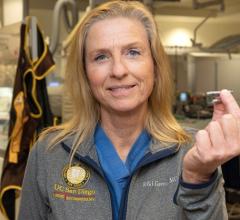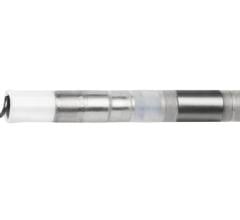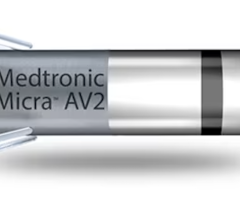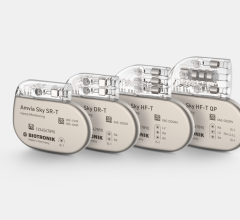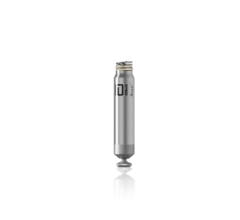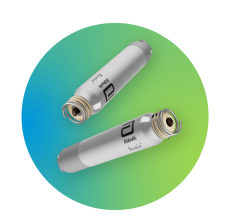September 6, 2007 – The New England Journal of Medicine published the first study to demonstrate a clear superiority of newer forms of dual chamber pacing for sinus node disease versus older pacemaker technology.
The study showed that reducing pacing to the heart’s lower right chamber to less than 10 percent in patients with dual chamber pacemakers lowered the relative risk of developing persistent atrial fibrillation by 40 percent compared with conventional dual chamber pacing in a trial of more than 1,000 patients with sinus node disease (SND). SND is the most common reason for pacemaker implantation and is characterized by delayed or failed conduction between the sinus node and the atria.
The trial’s objective was to demonstrate that dramatically reducing unnecessary right ventricular pacing can reduce the development of persistent atrial fibrillation. The trial was stopped early after an interim analysis revealed that patients not using the newer forms of dual chamber pacing from Medtronic showed a 1.8 times greater risk of developing persistent atrial fibrillation than those using them. This difference was highly statistically significant.
After an average of 1.7 years in the study, 68 patients who received conventional dual chamber pacing developed persistent atrial fibrillation (12.7 percent), compared with 42 patients (7.9 percent) who received “dual chamber minimal ventricular pacing, which minimizes unnecessary pacing to the right ventricle of the heart. Mortality was similar in the two patient groups, but heart failure hospitalizations were more than 50 percent lower for the group of patients with dual chamber minimal ventricular pacing (3.2 percent vs. 7.3 percent for those who received conventional dual chamber pacing).
The trial, called SAVE PACe (The Search AV Extension and Managed Ventricular Pacing for Promoting Atrioventricular Conduction) was funded by Medtronic.
For more information: www.nejm.org and www.medtronic.com


 May 02, 2025
May 02, 2025 
